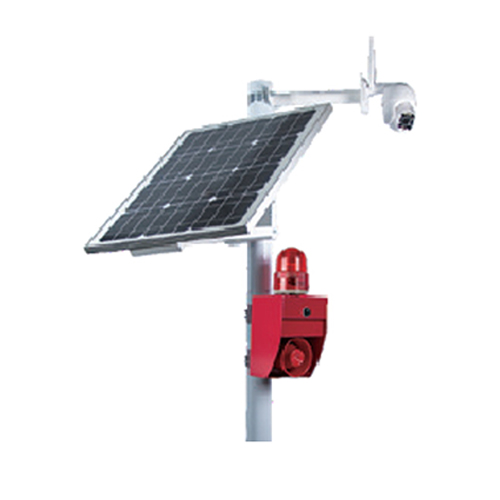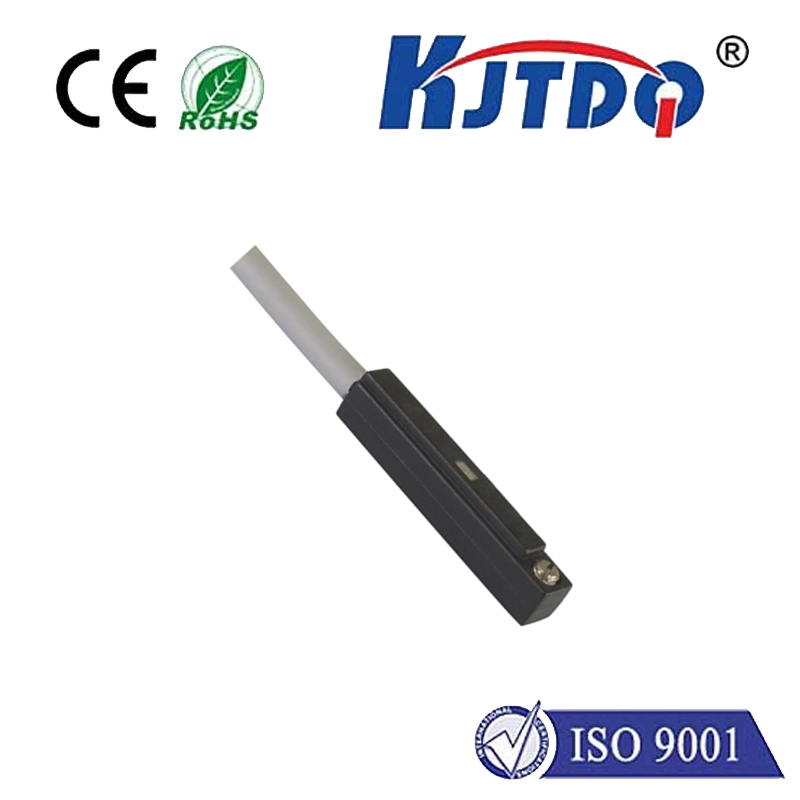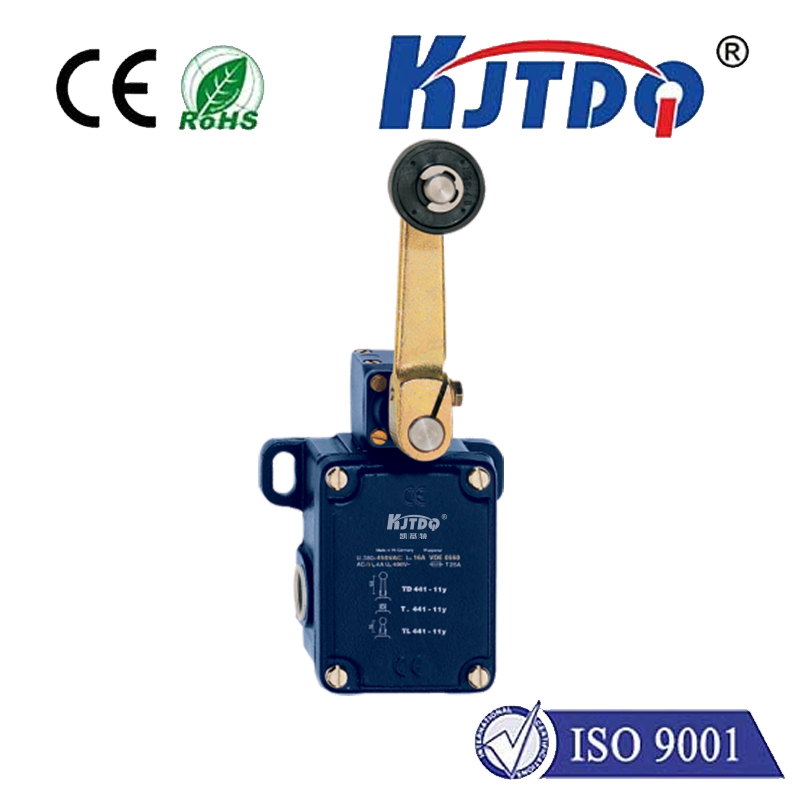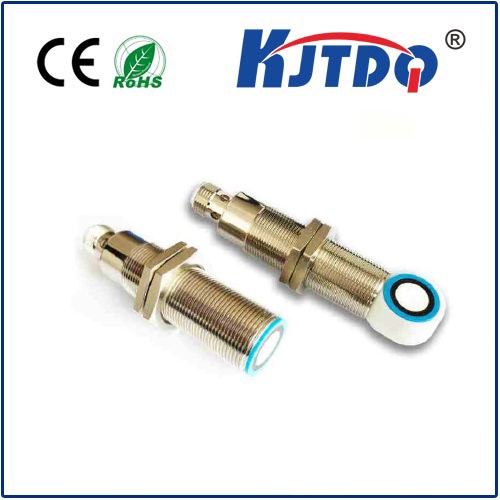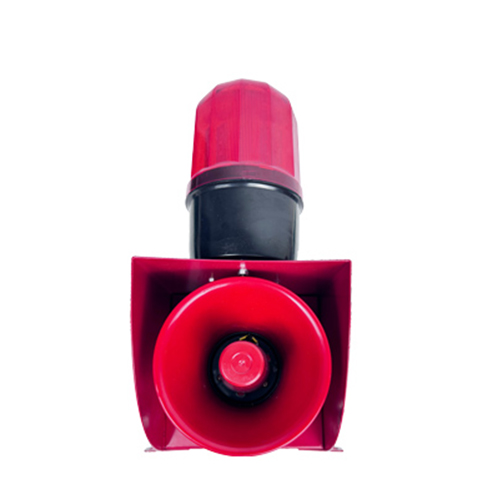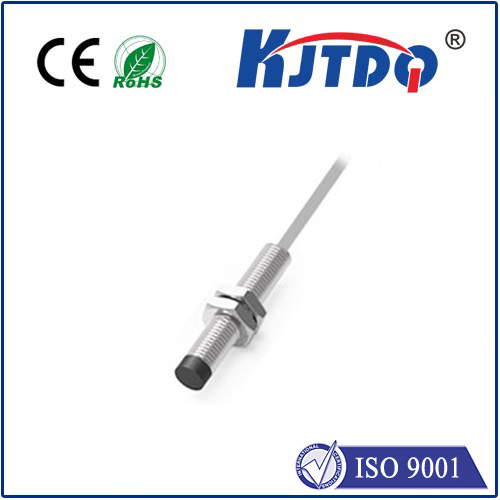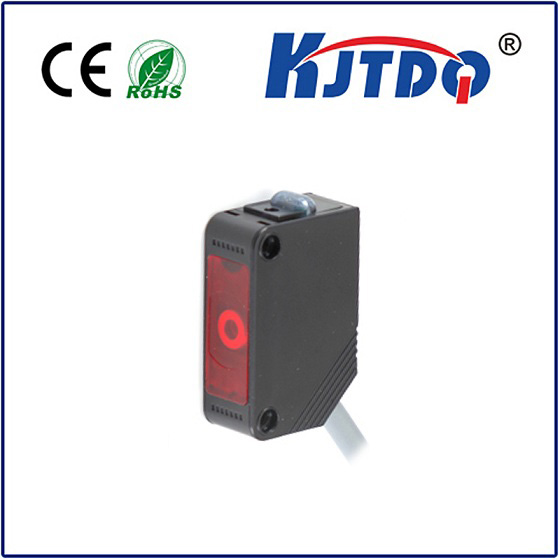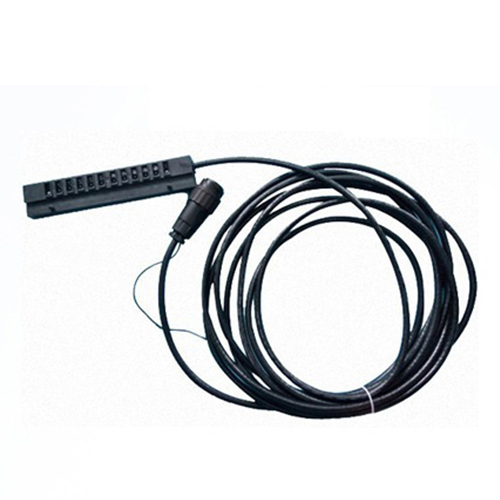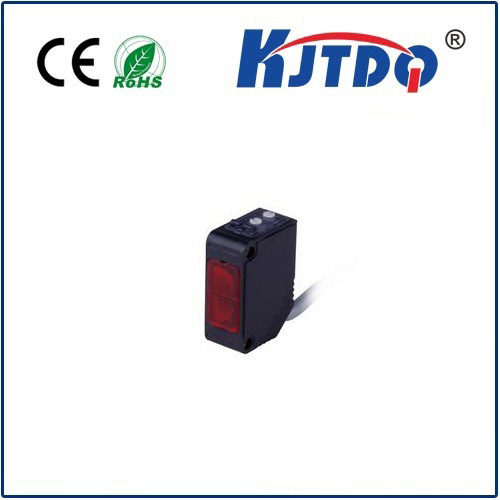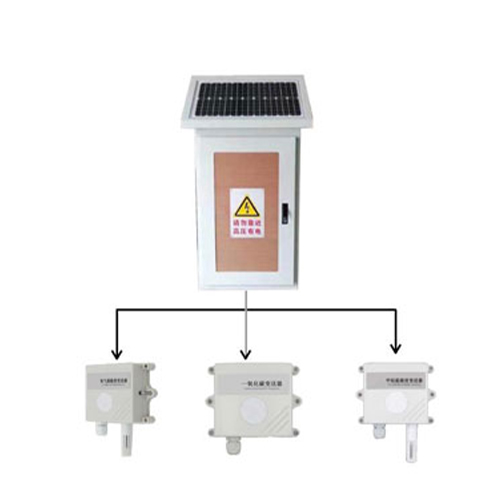Очистительные и непромываемые датчики приближения
- time:2025-06-18 00:22:45
- Нажмите:0
Flush vs. Non-Flush Proximity Sensors: Choosing the Right Industrial Eye
Imagine a high-speed manufacturing line: robotic arms whir with precision, conveyor belts hum steadily, and components are assembled flawlessly. Hidden within this complex choreography are countless unsung heroes – proximity sensors. These workhorses detect the presence or absence of objects without physical contact, enabling automation, safety, and efficiency. But not all proximity sensors are created equal, especially when it comes to how they integrate into machinery. The critical distinction often boils down to one key decision: flush mount or non-flush mount? Understanding this fundamental difference is crucial for selecting the sensor that delivers reliable performance in your specific application.
Both flush and non-flush sensors fall under the umbrella of inductive proximity sensors, the most common type used in industrial settings for detecting metallic objects. They operate by generating an electromagnetic field. When a metal target enters this field, it causes eddy currents that alter the sensor’s internal oscillation, triggering a detection signal. This non-contact principle makes them incredibly durable and resistant to wear, dirt, and harsh environments compared to mechanical switches.

The Crux of the Matter: Mounting and Sensing Range
The defining difference between flush and non-flush sensors lies in their physical design and how it impacts installation and performance:
- Flush-Mount Proximity Sensors: Stealthy but Selective
- Design & Mounting: As the name suggests, these sensors are designed to be mounted flush with (or even slightly recessed into) the surrounding metal mounting surface. There is no exposed sensing face beyond the housing.
- Key Advantage: Immunity to Surrounding Metal. This is their superpower. Because their electromagnetic field is contained within their shielded housing, flush sensors are largely immune to the influence of the mounting material itself. You can install them directly into a metal bracket, beam, or machine frame without worrying about the sensor triggering falsely on that surrounding metal.
- Trade-Off: Shorter Sensing Distance. The shielding that provides the immunity also limits how far the electromagnetic field can project. Consequently, flush sensors inherently offer a shorter nominal sensing range (Sn) compared to non-flush sensors of the same physical size or electrical specification.
- Material Limitation: While ideal for ferrous metals (like iron and steel), the shorter range and specific field shape often make them less effective or ineffective for reliably detecting many non-ferrous metals (like aluminum, brass, copper) unless very close. They are primarily engineered for ferrous targets.
- Application Focus: Flush sensors excel in applications where:
- Space is extremely tight.
- The sensor must be mounted directly onto a metal surface (e.g., within an actuator, embedded in a machine frame).
- Preventing accidental triggering by the mounting structure or nearby conductive objects is critical.
- Physical protection of the sensor face is paramount due to potential scrapes or impacts in confined spaces.
- Non-Flush Proximity Sensors: Reaching Further with Care
- Design & Mounting: These sensors have an unshielded or partially shielded sensing face that protrudes beyond their housing. They cannot be mounted flush against a surrounding metal surface without potentially causing interference or false triggering.
- Key Advantage: Longer Sensing Range. The lack of shielding around the sensing coil allows the electromagnetic field to extend further into the surrounding area. This grants non-flush sensors a significantly greater nominal sensing range (Sn) than equally sized flush sensors. They are often more effective at detecting non-ferrous metals like aluminum compared to flush models.
- Trade-Off: Susceptibility to Surrounding Metal. This greater range comes with a caveat. Non-flush sensors are highly sensitive to nearby conductive materials. Mounting them too close to metal brackets, machine frames, or even other sensors can cause:
- False triggering (sensor activates when no target is present).
- Reduced effective sensing distance.
- Inconsistent or unreliable operation.
- Mounting Requirements: Installation demands careful planning. They require a specified clearance zone around the sensing face (typically 1-2 times the sensor’s diameter) free from any conductive material to function correctly. Mounting nuts or brackets must be non-ferrous (e.g., brass) if used near the sensing face.
- Application Focus: Non-flush sensors shine when:
- Longer detection distances are required.
- Detection of non-ferrous metals is necessary.
- There is ample space to provide the required clearance around the sensor head.
- The mounting surface is non-metallic (plastic, composite).
Key Specifications to Consider
Beyond the flush/non-flush decision, other vital датчик приближения specifications are influenced by this choice:
- Sensing Distance (Sn): As discussed, non-flush generally offers longer Sn. Always check the datasheet for the exact Sn under standard conditions (typically steel).
- Operating Distance (Sr): The actual working range considering manufacturing tolerances and temperature variations (usually 90% of Sn).
- Hysteresis: The difference between the switch-on and switch-off points. This prevents signal chatter when a target is near the sensing limit.
- Target Material & Size: Flush sensors are best suited for steel. Non-flush sensors generally offer better performance on aluminum, brass, and copper, though Sn will be reduced compared to steel – consult reduction factors. The target size and shape also matter; it must be large enough to adequately influence the sensor’s field.
- Switching Frequency: How quickly the sensor can detect targets passing by (important for high-speed applications). Often specified in Hertz (Hz).
- Output Type: PNP vs. NPN transistor outputs, NO (normally open) vs. NC (normally closed).
- Environmental Ratings: IP67, IP68, IP69K ratings for dust and water resistance are common for harsh industrial environments. Temperature range is also critical.
- Housing Material: Typically stainless steel (V2A, V4A) or nickel-plated brass for corrosion resistance.
Real-World Applications: Matching Sensor to Need
- Flush Sensor Scenario: Monitoring the position of steel pistons within a hydraulic cylinder block. The sensor must be threaded directly into the metal cylinder body. A flush sensor is mandatory here; a non-flush sensor would trigger on the cylinder wall itself.
- Non-Flush Sensor Scenario: Detecting aluminum cans moving rapidly on a conveyor belt several millimeters away. The longer range and better non-ferrous detection of a non-flush sensor are essential. Sufficient clearance exists around the mounting point.
- Other Common Uses:
- Flush: End-of-travel detection for actuators embedded in metal frames, presence detection for metal parts in tight fixture locations, simple part counting near metal structures.
- Non-Flush: Bottle/cap detection

